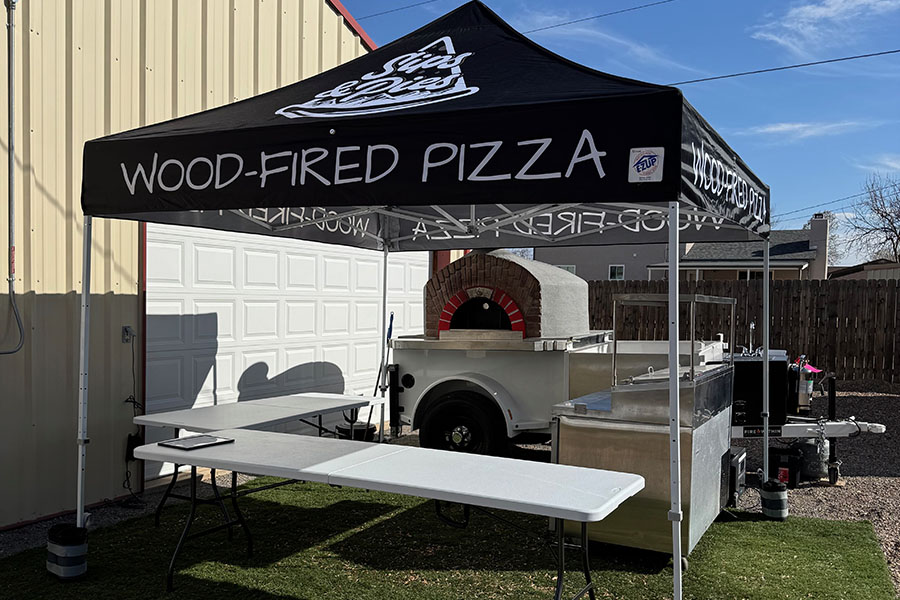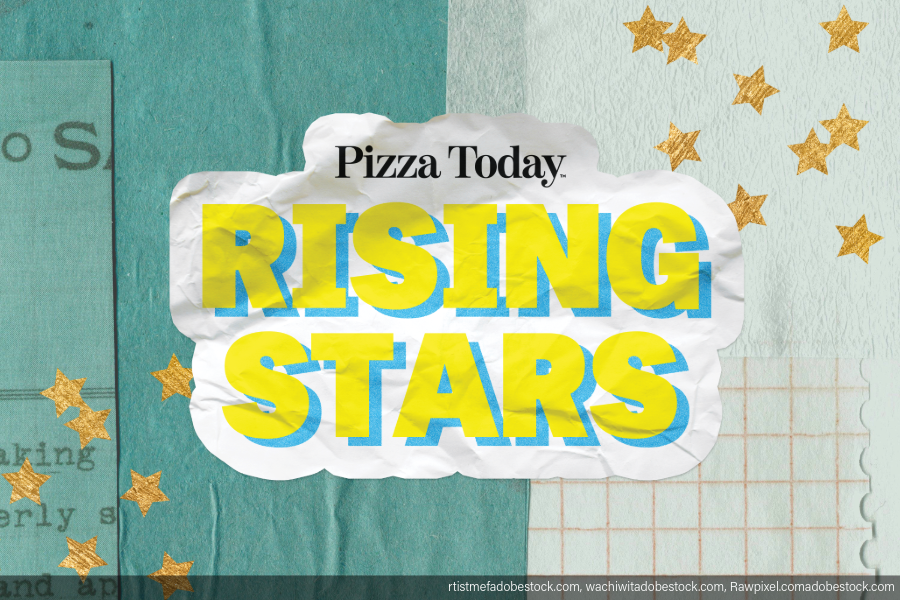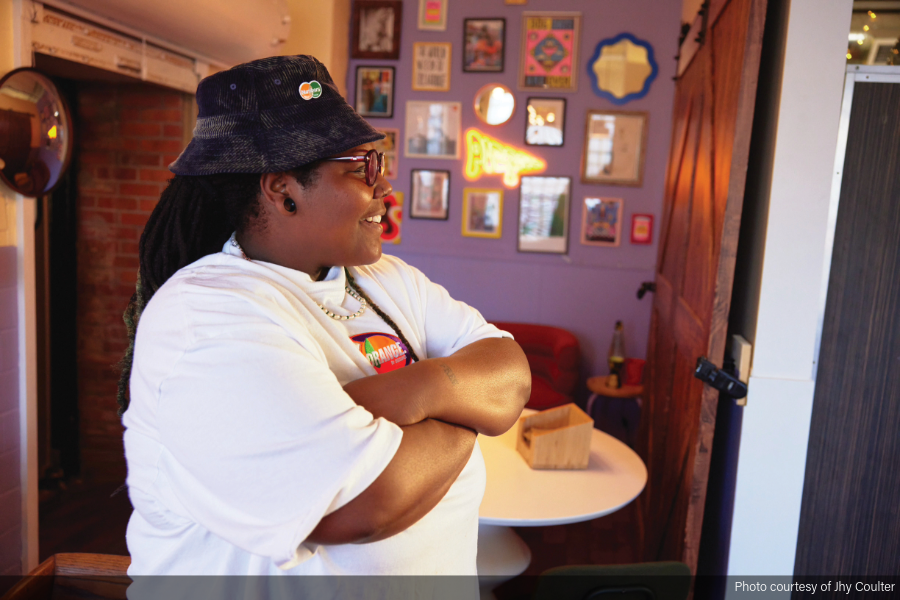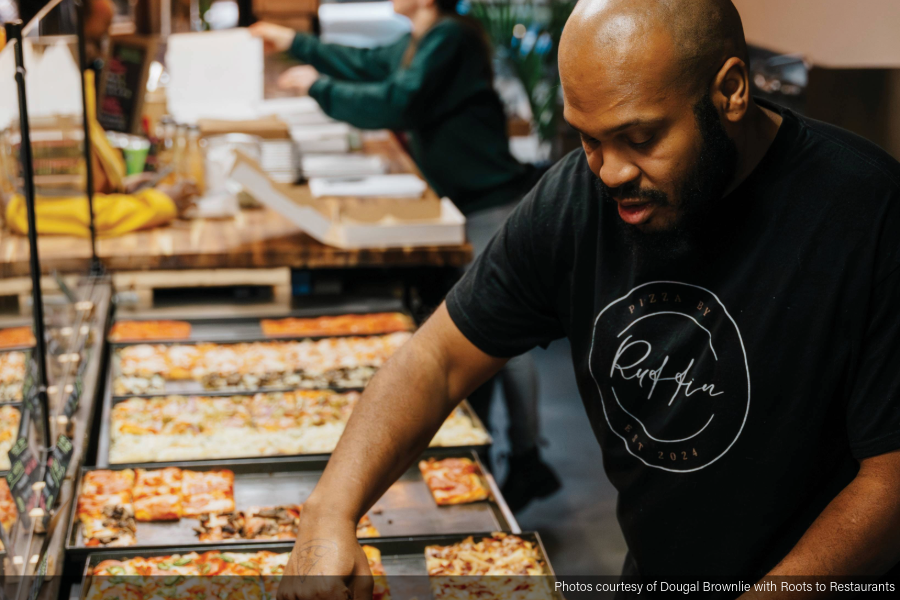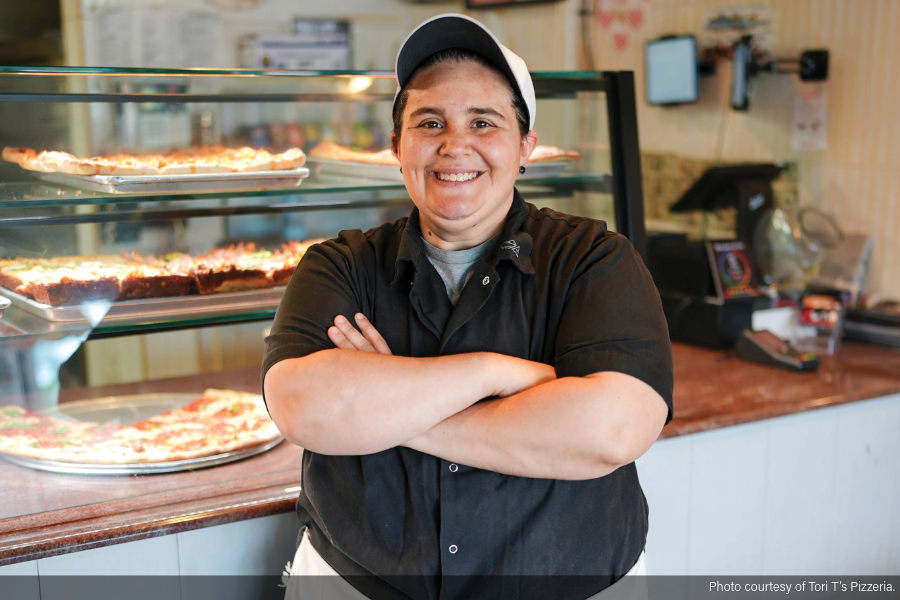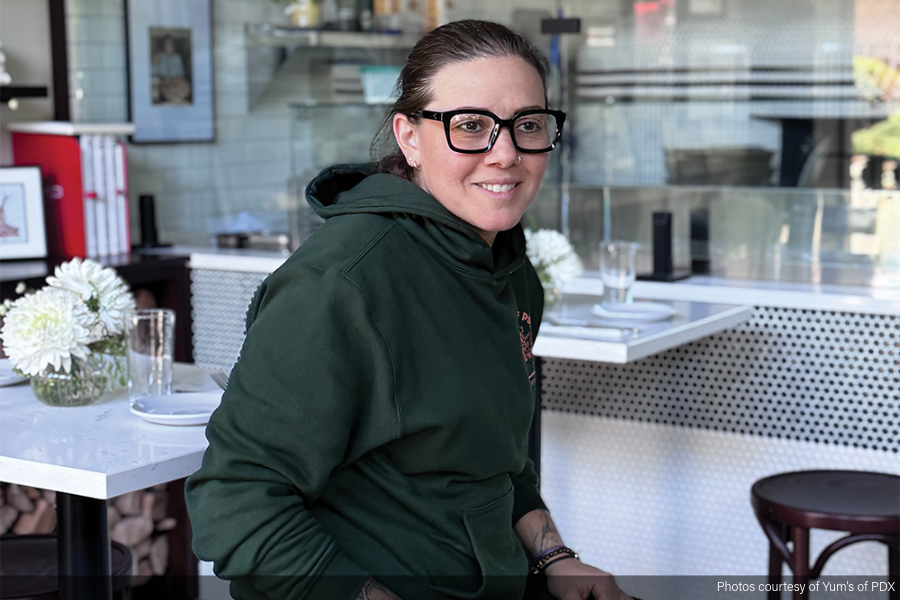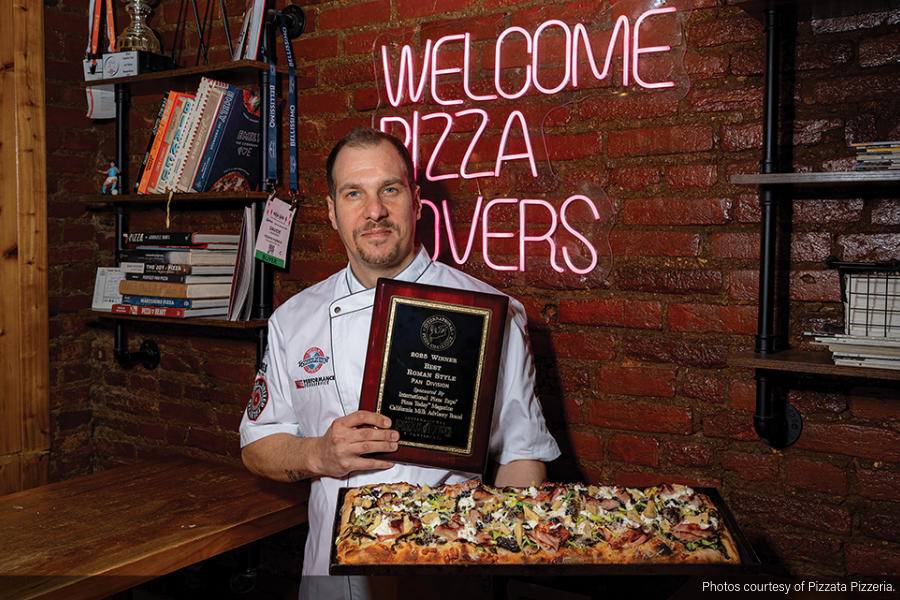Explore tips to up your pizza by-the-slice game
Slinging slices isn’t an easy business. It’s an intricate balance of anticipating what customers want when they want it.
Pizzerias take different approaches to their slice strategies. Some offer a limited menu of slices, typically with a slice of the day or week. Some offer a slice option for their entire pizza menu. Others rotate a variety of slices on their menus each day. Which approach a pizzeria chooses depends on its market, staffing, kitchen and oven capacity, and slice holding and display areas.
Meet three pizzeria operators and learn how they approach their slice business:
- Will Grant, That’s a Some Pizza in Bainbridge Island, Washington. The pizzeria sells up to 1,400 slices a week.
- John Gilbreth, Pizza Tree, Columbia, Missouri. Pizza Tree sells 2,600 slices per week and up to 4,000 slices a week during its busiest weeks.
- Domenick Montanile, Venezia’s Pizzeria, Tempe, Arizona. Venezia’s five locations sell between 2,500 to 5,000 slices per location. It varies based on store.
Pepperoni is typically the best-selling slice with cheese coming in second. What are some other topping combinations that sell well on slices? Among That’s A Some Pizza’s top five also include ham and pineapple; double sausage; and pepperoni, ham and sausage.
John Gilbreth says Pizza Tree’s slice rotation makes it difficult to pick a top five. “Our riff on margherita is the second best seller,” he says. “Third is whatever the special is that week. We have weekly specials that are very popular. Sometimes it’s Buffalo chicken, sometimes it’s meatballs and ricotta with a thick and chunky sauce on top, sometimes it’s Philly cheese steak pizza. Whatever it is, our regulars come weekly for these.”
Rounding out Venezia’s top-selling slices, Montanile says, “We also sell a ton of our Pesto Chicken, Buffalo Chicken, Italian Stallion (spicy sauce), Sausage and Hawaiian as well.”
In addition to best sellers, customers frequently seek out creative pizza slices. They often look for something new or different on a slice specials menu. “Our business is based on serving pies that no one else is serving, so that’s mostly what we know,” Gilbreth says. “We like pickled vegetables (jalapeño, red onions and giardiniera) added post bake. The hot/cold contrast and the pickley punch is really delicious, and it’s simple to add. Gilbreth hit a home run with Pizza Tree’s Banh Mi slice with sriracha glazed pork belly, house-made kimchi, chili aioli, and cilantro.
A few creative slices offered at That’s A Some Pizza include a pesto base pepperoni; a black olive mushroom and feta cheese crumbles; and a pepperoni and pineapple with jalapeños.
 Venezia’s changes up its slice specials frequently. “Our Margherita slice does really well, but the most creative slice we have is our Phoenix Rising Mala slice. It has pepperoni, chicken and French fries (yes, I said it correctly, fries),” Montanile says. “Something about the fries on a slice of pizza goes excellent. We also offer a drizzle of our buffalo wing sauce on top for that added kick!”
Venezia’s changes up its slice specials frequently. “Our Margherita slice does really well, but the most creative slice we have is our Phoenix Rising Mala slice. It has pepperoni, chicken and French fries (yes, I said it correctly, fries),” Montanile says. “Something about the fries on a slice of pizza goes excellent. We also offer a drizzle of our buffalo wing sauce on top for that added kick!”
For many slice operations, looks are everything as customers peer into a display case of available slices. For others, customers eye slices on white paper plates drifting past them at the counter. Gilbreth offers a few suggestions for better slice presentation. “If you have the time, wait for the pie to cool a bit before slicing it,” he says. “Hot cheese and grease just fall into the cuts. If you carefully cut a cooled pie, everything stays right where it should, and it looks like the slice just magically was lifted from the whole pie. He also says portioning ingredients and even slice cuts are also important. “For in house orders, we use one classic white plate per slice,” he adds. “Custom printed hinged slice boxes set our to-go look apart from our competition.”
Grant also advises: “Always have the same slices available all day. They can change day to day but keep it consistent daily and always have a pepperoni and cheese available. Have your slices visible, they will sell themselves. Don’t over cook the pizzas. Nothing looks worse than a dried up slice of pizza.”
Grant, Gilbreth and Montanile offer three tips for a successful slice business.
Grant has three rules for That’s A Some Pizza’s front counter employees:
- “Always keep the slice warmer stocked.
- Throw away any pizza they wouldn’t eat themselves!
- Always have one set of back ups ready to go in the oven, so when you see a large crowd coming in for slices you can feed everyone timely. The slice business is all about instant gratification. Teach your customers they can always depend on you for a quick lunch.”
Gilbreth offers three by-the-slice keys. “Don’t offer pies that are very wet by the slice,” he says. “Pies like a ‘supreme’ just have too much liquid and don’t hold well. If you must, store them on a screen on top of a pan or get some of the pans with the bumps that raise the pie up above the surface of the pan a bit.
“For optimum slice quality, hold the slice pies at room temp and toast the slices to order. We toast slices on individual small sheets of foil, which keeps the oven stones clean and makes the slices very portable for staff. We switch to holding them warm during peak periods because the fresh pies come out of the oven and get sold before they lose that fresh-from-the-oven flavor.”
Lastly, Gilbreth says, “Don’t try and pass off old slices. Don’t be afraid to leave an ugly slice aside for staff to eat later, or to give it to a good customer who may not mind an imperfect slice as a little thank you. Some waste is inevitable with slices. Embrace it, figure out how to minimize it, and build the ‘loss’ into your prices.”
Montanile says that maintaining pizza slice quality comes down to three priorities: types of slices; not prepping extra pies until needed; and not putting too much cheese or sauce so the slice looks presentable.
DENISE GREER is executive editor at Pizza Today.


